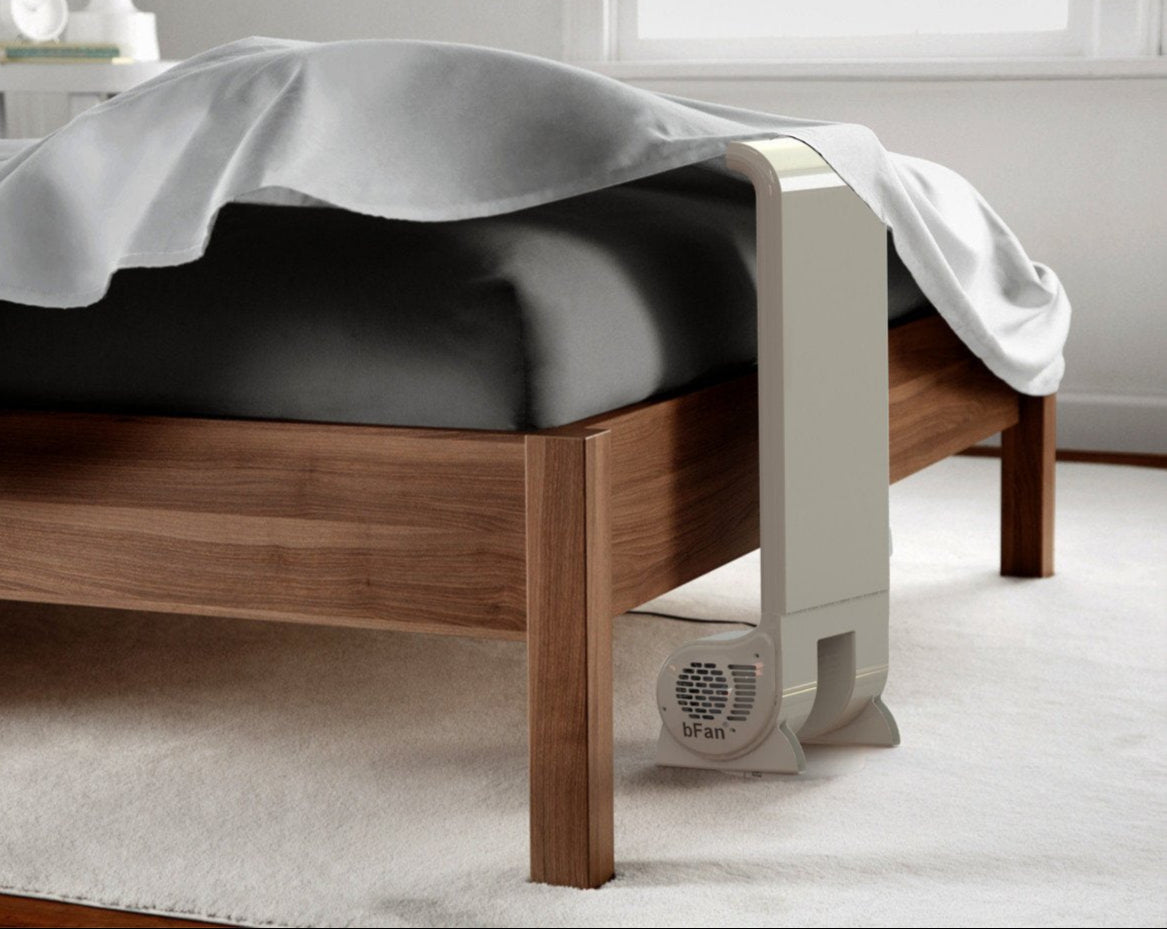Night Sweats With HIV
Human immunodeficiency virus (HIV) is a virus that attacks the body’s immune system. If HIV is not treated, it can lead to acquired immunodeficiency disease (AIDS). HIV can be spread through sexual transmission or through shared needles. HIV-1 originated in humans when it was transferred from chimpanzees to humans in southeastern Cameroon, Africa. This transmission likely occurred due to the chimpanzees being hunted and their meat being eaten. Old World monkeys are naturally infected with a variety of different lentiviruses, which, when transferred to humans, present as HIV similar diseases.
HIV-1 became present in humans as early as the late 1800s, but it did not make its way to the United States until around the mid-1970s. It was finally recognized as a disease in 1981. Just in the time since it was recognized, there have been approximately 60 million cases of HIV across the world, and it has been responsible for over 25 million deaths. It is most deadly in developing countries, especially in sub-Saharan Africa’s young adults.
Symptoms of HIV begin to develop 2-4 weeks after transmission occurs, with symptoms that last from a few days to even a few weeks. The symptoms are often flu-like, such as sore throats, swollen lymph nodes, rashes, fevers, fatigue, chills, and night sweats. However, the presence of these symptoms is likely not indicative of HIV and should only be of concern if there is a chance you have recently been exposed to HIV. There is also a chance that no symptoms will present at all, so getting tested is essential if there is any reason to suspect that you might have contracted HIV.
The stage where the flu-like symptoms are showing is known as Stage One, or “Acute HIV Infection.” At this point in time, there is a large amount of HIV in the infected person’s bloodstream, which makes it highly contagious. If tested and given a positive result, some of the flu-like symptoms, like night sweats, can be alleviated through relatively simple means. For example, using lighter comforters and sheets at night can help with excess sweating by not heating up the body even more. Using a fan is also an excellent way to cool the body, especially the BedFan, which blows under the sheets to cool the body entirely.
The second stage is “Chronic HIV Infection.” During this stage, the infected person is asymptomatic, which is often called clinical latency. However, despite being asymptomatic, HIV is still active and reproducing in the body. During this stage, people generally test positive for the virus and can begin treatment. However, once they start treatment, they are unlikely to move out of this stage and progress toward AIDS. The medications can also lower their viral load (amount of HIV in their blood) to the point that it is safe for their sexual partners, but this needs to be carefully monitored. On the contrary, if it is not treated, the person will likely remain in this stage for up to a decade. Over that decade, the amount of HIV in the blood continues to go up until Stage Three is reached.
Stage Three is reached when the virus becomes AIDS. Getting to this stage comes with various new problems, one of which is a damaged immune system. The impaired immune system provides an opportunity for other infections and illnesses to move in and wreak more havoc on the body. HIV is also very easily transmittable during the AIDS stage. Without treatment, people who have moved into this stage will typically only survive for three more years.
Share

